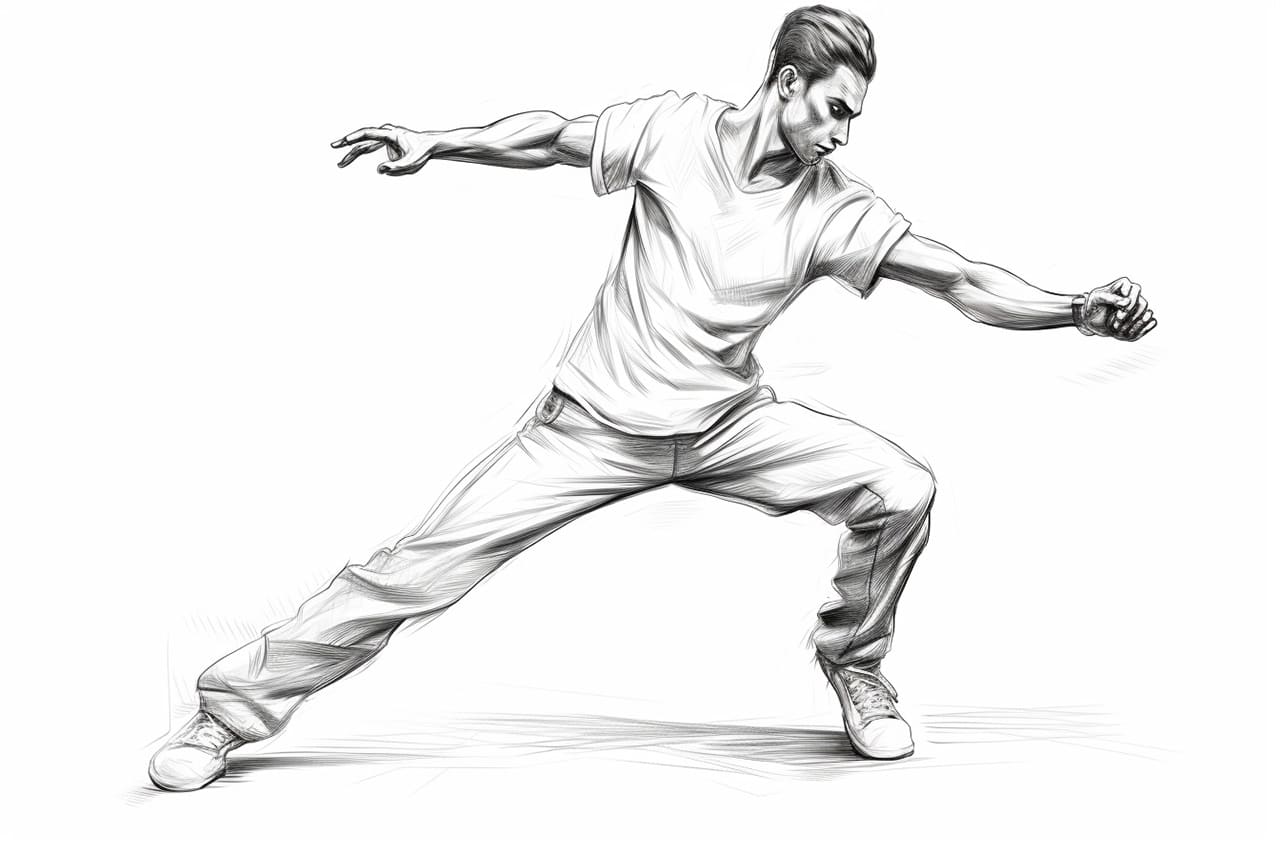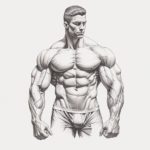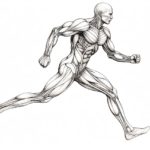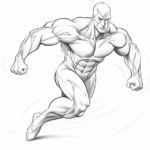Welcome to this step-by-step guide on how to draw a masculine body. Whether you are an aspiring artist or just someone who wants to improve their drawing skills, this article will provide you with clear instructions to help you create a realistic and dynamic representation of the male form. So grab your sketchbook and let’s get started!
Materials Required
Before we begin, let’s make sure you have all the materials you’ll need:
- Sketchbook or drawing paper
- Pencils of various hardness (2H, HB, 2B, 4B, 6B, etc.)
- Eraser (kneaded or vinyl eraser)
- Pencil sharpener
- Ruler
- Optional: Colored pencils or markers for adding depth and shading
Now that we have everything we need, let’s dive into the process of drawing a masculine body.
Step 1: Establish the Pose
Start by determining the pose and gesture of your figure. Consider the action or emotion you want to convey through your drawing. Draw a simple stick figure to establish the basic pose and proportion of the body. Pay attention to the angles and lines of the pose, as they will serve as the foundation for the rest of your drawing.
Step 2: Block In the Torso
Using simple geometric shapes, block in the torso. Start with a rectangular shape for the ribcage and a cylindrical shape for the abdomen. Connect the two shapes with a curved line to suggest the waist. Adjust the size and proportions as necessary, keeping in mind that a masculine body tends to have broader shoulders and a narrower waist compared to a feminine body.
Step 3: Add the Head and Neck
Draw a circle or oval shape to represent the head. Use construction lines to indicate the center and the angle of the head. Add a curved line to connect the head to the torso, forming the neck. Keep the neck strong and muscular, but avoid making it too bulky.
Step 4: Sketch the Arms
Starting from the shoulder joint, sketch the upper arm as a cylinder. Gradually taper the cylinder towards the elbow and then further towards the wrist for the lower arm. Add circles or ovals for the joints, and use straight lines to indicate the direction of the bones. Remember to keep the muscles in mind and add volume accordingly.
Step 5: Outline the Hands
Draw the hands by sketching basic shapes for the palm and fingers. Pay attention to the proportions and angles of the fingers, keeping in mind that the fingers of a masculine hand are typically broader and less delicate than those of a feminine hand. Refine the shapes and add details like knuckles and fingernails.
Step 6: Establish the Legs
Starting from the hip joint, sketch the upper leg as a cylinder. Gradually taper the cylinder towards the knee and then further towards the ankle for the lower leg. Add circles or ovals for the joints, and use straight lines to indicate the direction of the bones. Pay attention to the muscles and add volume accordingly.
Step 7: Outline the Feet
Draw the feet by sketching basic shapes for the sole and toes. Again, pay attention to the proportions and angles of the toes, keeping in mind that a masculine foot tends to be larger and broader compared to a feminine foot. Refine the shapes and add details like the arch of the foot and the ankle bone.
Step 8: Refine and Add Details
Now that you have the basic structure of the masculine body sketched out, it’s time to refine and add details. Pay close attention to the natural curves and contours of the body. Study reference images or observe your own body to understand how the muscles and bones interact and create various shapes. Add shading and highlights to give your drawing depth and dimension.
Conclusion
Congratulations! You’ve reached the end of this step-by-step guide on how to draw a masculine body. By following these instructions and practicing regularly, you’ll be able to create realistic and dynamic representations of the male form. Remember, drawing is a skill that improves with time and dedication, so keep sketching and exploring different poses and styles. Happy drawing!









